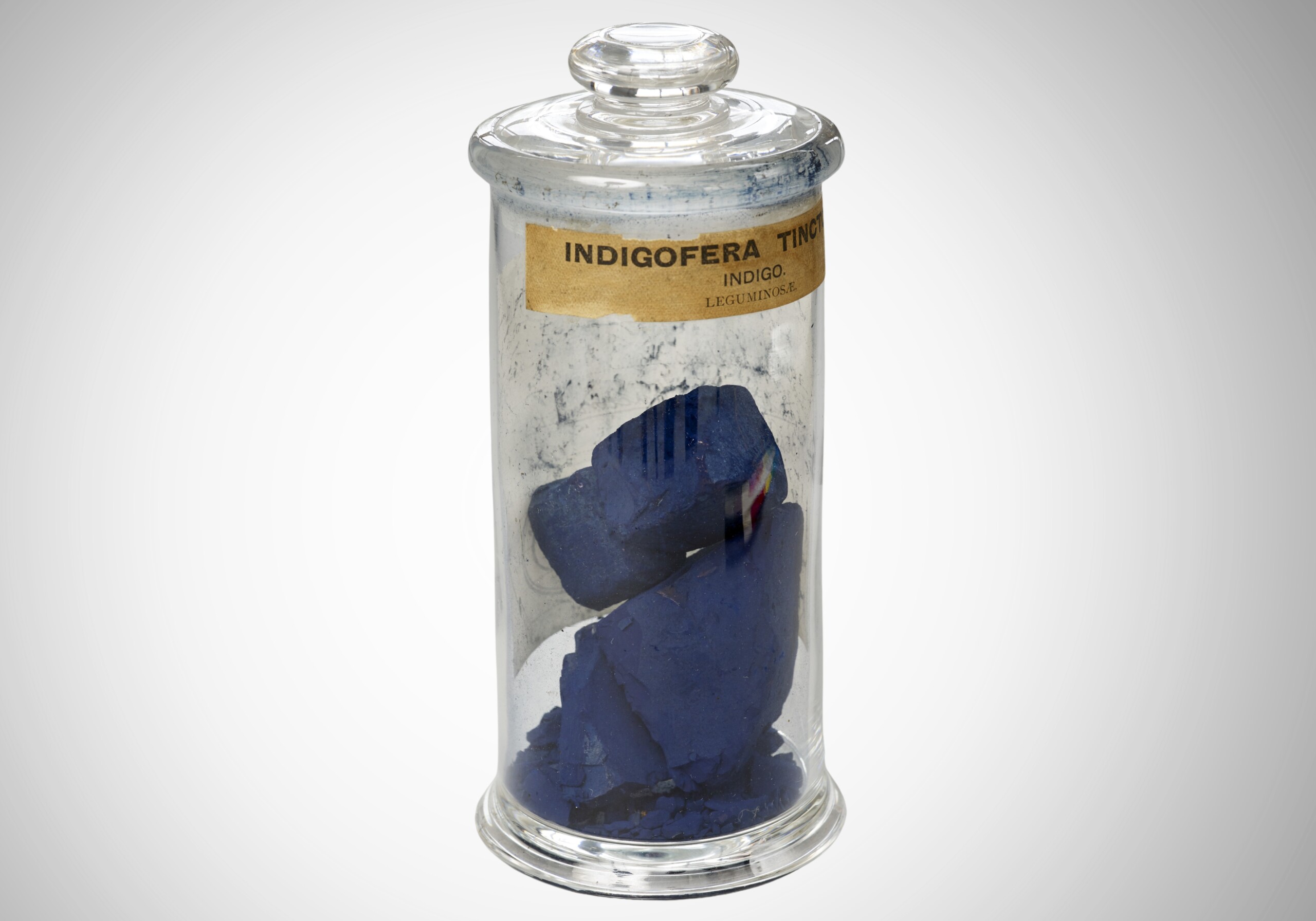
in English original
This object has been translated into 6 different languages by 6 different users
Indigo was known as ‘the devil’s dye’ due to the exploitation and abuse involved in its farming and processing during British rule. The deep, intense blue colour of indigo dye and its high commercial value also led many to refer to it as ‘blue gold’. India was one of the earliest places to produce indigo dye, where it can be traced back to the 4th century BCE.
Peasant farmers in India during British rule were persuaded to grow indigo instead of food to supply British-owned indigo factories. In return, they received a fraction of the market price for their crop so made no profit. In 1859, during the ‘Nil Vidraha’ (Indigo Revolt), they rebelled against British planters, bringing the industry to a standstill. The following year, a British judge investigating these issues claimed ‘not a chest of indigo reached England without being tainted with human blood’.
Have you ever attended a protest or taken action against something, and what was it about?
Do you have something you’d like to say, in your own language or English, about the object or translation? We’d like to hear what you think.
Translations are community-sourced and for anyone to participate in, however you use your language. For more information, see Community Guidelines.
Write a Reply or Comment